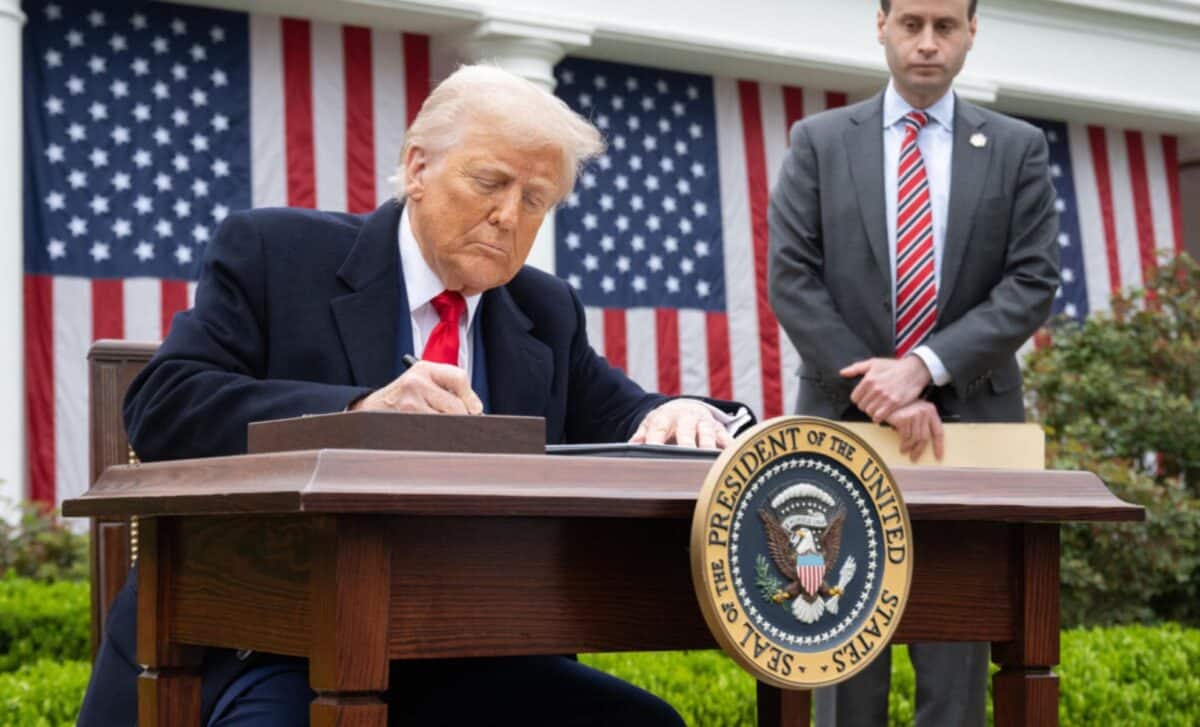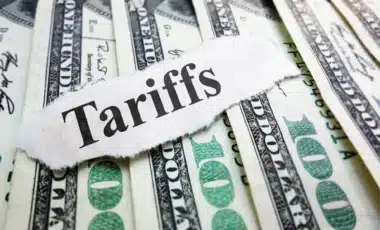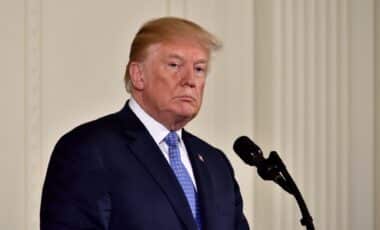The return of aggressive tariff policy to the U.S. political agenda has reignited debate over its role in global trade and domestic economic strategy. Former President Donald Trump recently outlined a sweeping plan to impose broad import duties, reviving a central pillar of his economic platform.
With a 90-day pause now in place for most countries, the plan’s broader aims—reworking trade deals, boosting industry, and confronting China—are under renewed scrutiny.
Better Trade Deals
In his initial announcement, Trump decried what he called decades of economic exploitation by foreign powers, promising that tariffs would compel America’s partners to renegotiate agreements more favorable to the United States. The proposed policy included a flat 10% tariff on all imports, alongside heavier “reciprocal” duties targeting specific nations.
Following the announcement, the administration reported outreach from over 75 countries, with some expressing willingness to make concessions. Active negotiations with South Korea and Japan were highlighted as examples of early engagement.
Although the 90-day suspension casts uncertainty over the final outcome, it has succeeded in pushing several trading partners to the table. Talks are ongoing, and the possibility of revised deals remains open.
Boosting American Industry
One of Trump’s core promises was to revive domestic manufacturing, bringing jobs and factories back to the United States. Tariffs were positioned as a protective measure to counter foreign competition and incentivize reshoring.
Nevertheless, the fluctuating nature of the administration’s tariff strategy – imposing and suspending levies in short intervals – has created instability. Businesses remain hesitant to invest in long-term industrial shifts without greater policy predictability.
As a result, substantial industrial reshoring has not yet materialized. The inconsistent implementation undermines the clarity required for large-scale corporate decisions on production and investment.
Confronting China
Trump identified China as the central adversary in the global trade imbalance. While reaffirming respect for President Xi Jinping, he asserted that previous administrations allowed China to exploit the U.S. economy.
The recent tariff revisions appeared to narrow the focus onto China, while easing tensions with other countries. Officials framed this as a strategic realignment rather than a retreat.
Still, this escalation comes with significant geopolitical risks. The potential fallout from strained U.S.-China relations may complicate future negotiations and could impact global economic stability. It also raises questions about the diplomatic support of key U.S. allies in this confrontation.
Raising Revenue
Tariffs were also touted as a revenue stream to reduce national debt and offset the cost of recent tax cuts. A 10% flat tariff, as proposed, was projected by the Tax Foundation to generate $2 trillion over a decade.
In contrast, the recent tax reductions passed by Congress were estimated to cost approximately $5 trillion over the same period, according to the Bipartisan Policy Center.
While the initial tariff revenue may bolster federal income, its sustainability is uncertain. As consumers potentially shift to domestic goods and supply chains adjust, this revenue could diminish over time.
Lower Prices for US Consumers
A significant part of Trump’s messaging involved the promise that tariffs would ultimately lower prices by encouraging local production and increasing market competition. In theory, reduced reliance on imports would lead to cost savings for consumers.
In practice, economists remain skeptical. The consensus is that tariffs tend to increase prices, as importers pass additional costs onto consumers. A Tax Foundation analysis estimated that a universal 10% tariff could raise household expenses by $1,253 annually, disproportionately affecting lower-income families.
While some commodity prices, like energy, have temporarily declined, this is more likely linked to recessionary fears than long-term tariff effects. Overall, consumer prices appear more likely to rise than fall under this policy.
Of the five goals set out by Donald Trump, the most tangible progress has come in the form of renewed trade negotiations. Tariff-driven pressure has brought countries to the table, suggesting a path toward better trade agreements.
Other objectives, including industrial revitalization and revenue generation, remain contingent on consistent application of policy. Meanwhile, cost implications for consumers present potential political and economic drawbacks.









